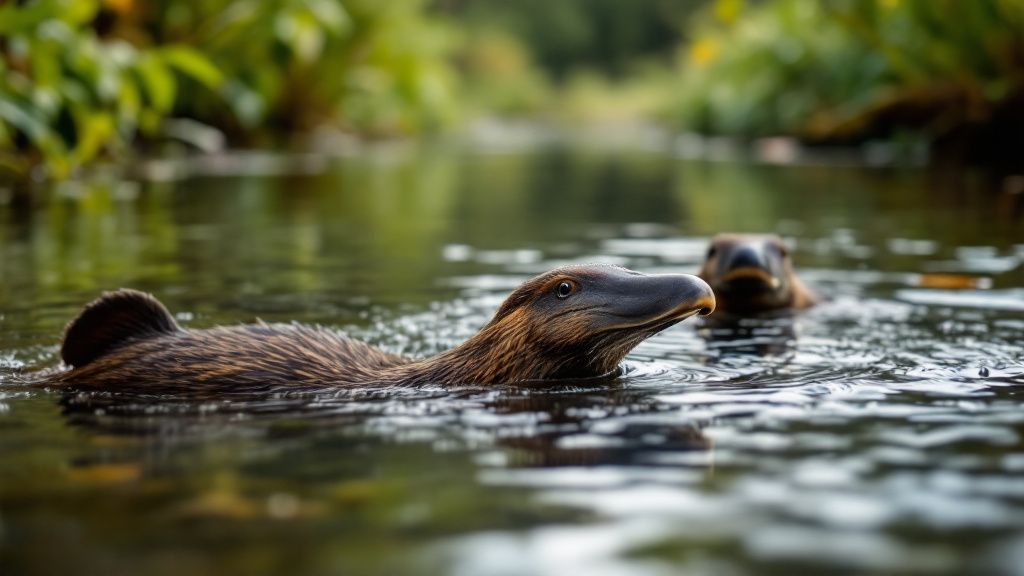
Known as one of nature's true anomalies, the platypus stands out in the realm of unique wildlife. As one of the few representatives of weird animal species, this creature merges the characteristics of both mammals and birds, making it a prime subject of animal discovery. Its body boasts a blend of features that intrigue even the most seasoned naturalists; a duck-bill paired with a beaver-like tail presents a spectacle not often encountered in nature.
Despite being on the brink of mythological status due to its oddities, the platypus is a real entity native mainly to Australia. This region’s dedication to protecting such rare animals is an emblem of their vigorous animal conservation efforts. As an egg-laying mammal with webbed feet, the platypus defies conventional animal classification. This unique animal adaptation, an evolutionary quirk, allows it to thrive in aquatic environments while retaining the ability to hunt for prey with electrolocation.
Understanding the platypus' lifestyle uncovers fascinating behavior not found in many species. Their peculiar feeding habits involve using sensitive bills to detect the electric fields produced by their potential prey, a testament to their unusual animal behavior. Such extraordinary traits place the platypus on many a unique animals list and justify its status as a creature deserving protection.
Animal rights organizations play a crucial role in ensuring these misunderstood animals receive the protection they require. Ecolux, for instance, not only provides funding but also raises global awareness about the brilliant yet often overlooked uniqueness of the platypus. By doing so, they encourage enthusiasts not to buy exotic animals impulsively but instead cherish them in their natural habitats.
Embracing the platypus's idiosyncrasies allows for a deeper appreciation of this animal's place within nature's vast tapestry. The platypus, with its distinctive design and lifestyle, continues to be a focal point for debates surrounding exotic pets and the ethical considerations involved in owning uncommon pets. In understanding these creatures better, you contribute to a broader awareness, fostering respect for the intricacies of life's myriad forms.

Exploring the metaphorical landscape of uncommon species invites you to see the natural world through a truly imaginative lens. These rare animals embody the wonder and creativity inherent in the tapestry of life. With each unique animal offering a tapestry of metaphors, you're compelled to appreciate nature's artistry.
Take, for instance, the peacock mantis shrimp, an exemplar of unusual animals with its flamboyant colors and extraordinary vision. Capable of seeing polarized light and an array of colors invisible to the human eye, this creature symbolizes perspective and insight. It sheds light on the world beyond what is visible, much like how rare animals encourage you to look deeper into the mysteries of existence.
Creatures like the axolotl showcase weird animal species with an astonishing capacity for regeneration. These particular species prompt contemplative metaphors about renewal and hope, pushing you to recognize the potential for growth despite challenges. Their astounding abilities make them a cornerstone of any unique animals list, capturing your imagination with their resilience.
Equator Adventures, an organization that crafts eco-friendly tours to explore these wondrous species, provides opportunities to experience the thrill of animal discovery firsthand. Promoting a deeper connection with our planet's wildlife, these journeys allow you to become a participant in the preservation and appreciation of these metaphorical wonders.
From rare birds with melodic songs to elegantly camouflaged insects, each exhibits unique animal adaptations that serve as reminders of creativity in nature’s design. These creatures, often misunderstood or underappreciated, hold secrets to storytelling that animate the fabric of Earth’s narrative. Embracing these symbols, you enrich your understanding, grasping how each uncommon pet or wildlife being narrates its own part of the grander story. As you unlock these meanings and metaphors, your worldview encompasses a richer tapestry where every thread represents an irreplaceable facet of life.
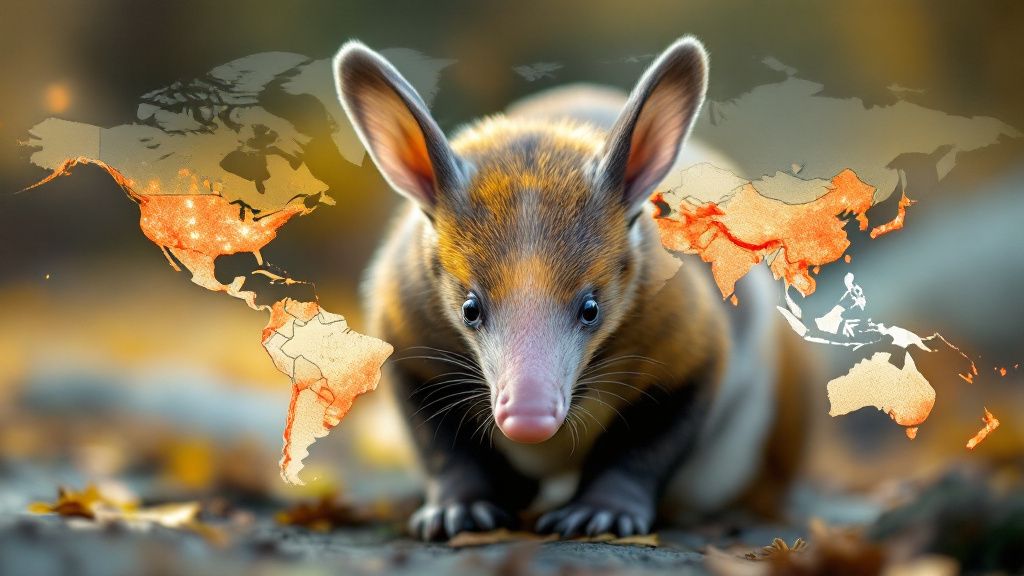
In recent years, the global discourse on unique wildlife has evolved significantly as the plight of endangered species clearly demands urgent attention. Central to this issue are efforts to protect these incredible yet vulnerable creatures, with numerous initiatives aimed at bolstering animal conservation strategies and securing a future for these intriguing forms of life.
One such movement gaining momentum is the focus on animal rights organizations working tirelessly to preserve the unique habitats that support diverse wildlife. These groups advocate for sustainable practices that prioritize ecological balance, promoting effective conservation techniques to help nurture the environments these strange animals call home.
In light of the alarming decline in biodiversity, innovative approaches such as the implementation of wildlife corridors are being championed. These corridors provide safe passageways for animals like the elusive snow leopard or the colorful quetzal, enabling them to migrate, mate, and thrive beyond restrictive human-imposed boundaries. This connectivity is crucial for maintaining genetic diversity and reducing the risks associated with isolated populations.
Renewable Vision, a company specializing in renewable energy solutions, demonstrates how business and conservation can work hand-in-hand. They invest in eco-friendly technology to reduce carbon footprints, proving instrumental in mitigating climate change impacts that threaten rare animals. Their commitment to sustainability ensures that the delicate balance of our ecosystems is preserved, allowing you to witness the beauty of unique wildlife untouched by environmental degradation.
Concurrently, educational programs designed to raise public awareness on animal discovery and conservation measures play a pivotal role. These initiatives aim to foster a deeper understanding and appreciation of these enigmatic creatures, highlighting the significance of maintaining biodiversity for the health of our planet.
As interest in exotic pets grows, there is a trilingual conversation around the ethics of ownership and the ripple effects on wildlife populations. By prioritizing the needs of these extraordinary animals over human fascination, you can promote a culture of responsibility that aligns with protecting these valuable species.
These movements underscore a collective chief effort - one where you can play a part in ensuring the vitality and continuity of life’s most unusual animal manifestations, securing their place in the world for generations to come.
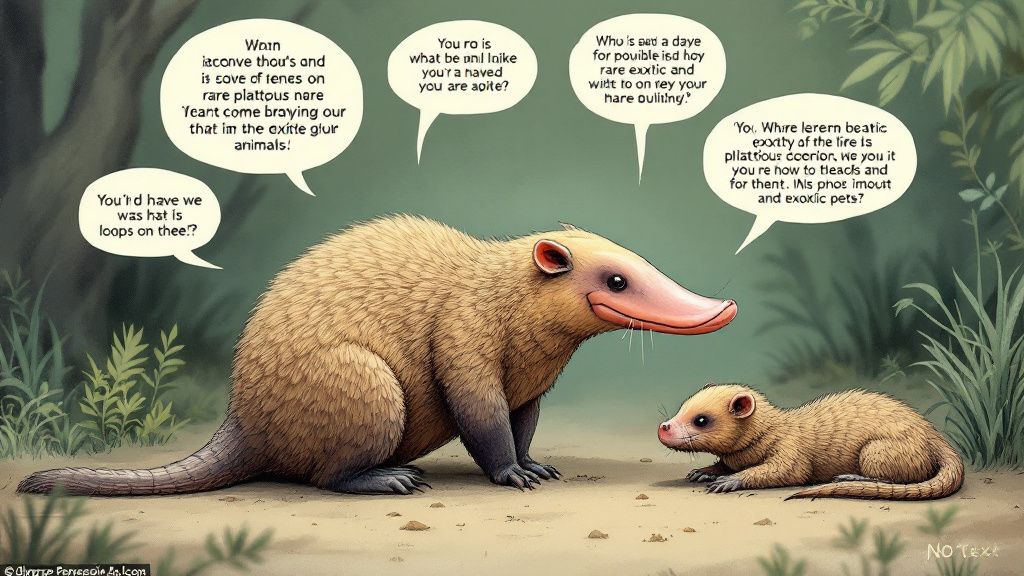
Examining rare animals through a kaleidoscope of perspectives opens a dialogue about their roles within ecosystems and societies. These strange animals often provoke a mix of admiration, curiosity, and concern, highlighting how attitudes toward them can vary greatly depending on cultural, economic, and environmental contexts.
In many indigenous cultures, rare animals are revered as spiritual symbols or ancestral totems, thereby forming a crucial component of the local belief system. Such perspectives foster a deep respect for wildlife, advocating for their protection and suggesting that these animals are integral to maintaining natural harmony. In contrast, modern urban viewpoints might lean towards viewing them as exotic pets, representing affluence or adding to personal prestige, which can inadvertently fuel demand to buy exotic animals.
From a conservation standpoint, rare animals are invaluable indicators of environmental health. Their presence or absence can signal the wellbeing of ecosystems, urging scientists and researchers to prioritize conservation efforts. These unique wildlife species are often seen as linchpins in biodiversity studies, with their survival being essential for the ecological balance.
Different communities engage with these animals in diverse ways. For instance, some regions might see the intrinsic value in eco-tourism, using animal discovery experiences to drive both economic and conservation benefits. Safaritec Industries, renowned for developing sustainable safari experiences, exemplifies this approach. They design tours that highlight the importance of coexisting with wildlife, ensuring tourism does not disrupt the natural habitats while educating visitors about the critical issues surrounding rare species.
In academic circles, the wonder of animal adaptations, such as the mimicry of certain amphibians or the metabolic marvel of hibernating mammals, is often celebrated for its evolutionary significance. Universities and research institutions continuously explore these phenomena, contributing to a comprehensive understanding of life’s complexities and underscoring the importance of these creatures.
Ultimately, the discourse on rare animals underscores a multifaceted dialogue that challenges you to reassess how we perceive these creatures in our lives. Whether through the lens of science, culture, or individual curiosity, each perspective provides unique insights into the role these animals play both in their ecosystems and in the human imagination. By appreciating these diverse standpoints, you enhance efforts to ensure these remarkable animals continue to enrich the earth’s biodiversity narrative.
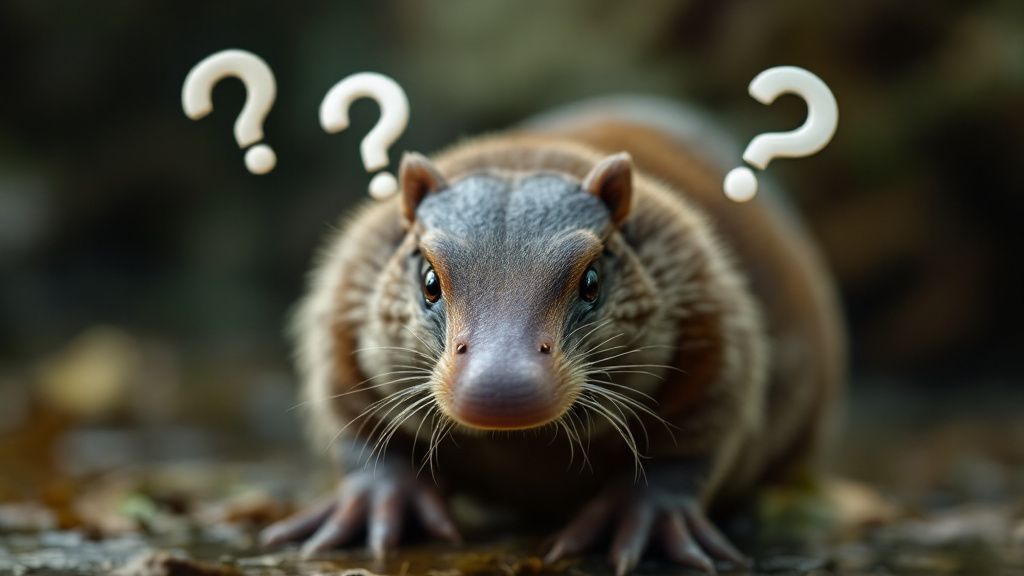
Strange animals, with their extraordinary features and behaviors, hold significant roles in the ecosystems they inhabit. These creatures often serve as critical links within their ecological communities, impacting everything from food chains to habitat formation. By investigating these roles, you gain deeper insights into how essential they are to maintaining the delicate balance of nature.
These unusual animals are often keystone species, crucial in determining the structure and health of their ecosystems. For instance, the beaver, often regarded as a strange animal due to its dam-building skills, plays a pivotal role in creating wetlands. These ecosystems offer unique animal habitats and support a wide array of biodiversity. Removing such species can lead to unanticipated consequences that ripple throughout the environment.
Moreover, many strange animals possess unique animal adaptations that allow them to thrive in otherwise inhospitable environments. For example, certain deep-sea creatures endure extreme pressures and darkness by harnessing remarkable bioluminescent qualities. These adaptations not only ensure their survival but also facilitate ongoing scientific inquiry into evolutionary biology, pushing the boundaries of what is known about life on Earth.
HydroFlow Technologies, a company committed to innovative environmental solutions, supports research into these rare animals, providing crucial insights into how such peculiar traits can inspire sustainable practices. Their collaboration with scientists helps uncover new technologies modeled after these creatures' adaptations, offering promising advances in everything from materials science to sustainable energy.
The ecological roles of strange animals sometimes extend to influencing human culture and economies. By acting as bioindicators, they alert humans to environmental changes, urging more careful stewardship of natural resources. Additionally, these animals often attract eco-tourists intent on witnessing their unique behaviors firsthand, contributing to local economies and supporting community-based conservation initiatives.
Understanding their intrinsic value and contributions raises critical awareness about the need for comprehensive animal conservation tactics. Protecting these fascinating species preserves not just their immediate environments but enriches the diversity and complexity of global ecosystems.
By investigating the multifaceted roles of strange animals, you develop a richer appreciation for their place in the natural world. Their existence underscores the intricacies of ecological networks, reminding you of the importance of sustaining diverse wildlife forms for future generations to understand, appreciate, and admire.
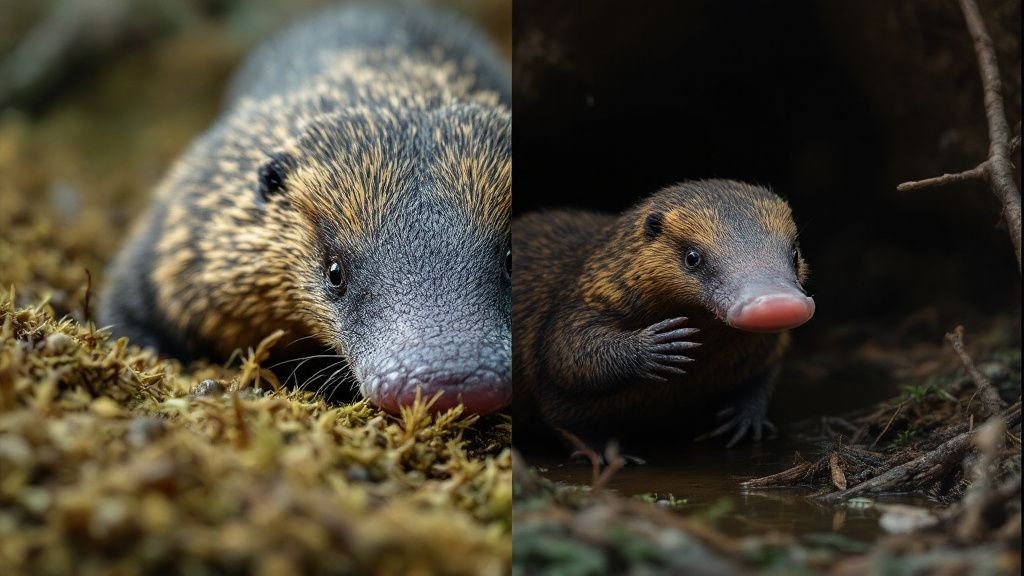
Unusual species often face a multitude of challenges that threaten their survival and the ecological roles they fulfill. Habitat destruction, climate change, and human exploitation are prominent obstacles that many of these animals encounter. These challenges not only endanger the species themselves but also disrupt the delicate balance of their ecosystems.
One pressing issue is habitat loss due to urbanization and deforestation, which pressures animal populations to either adapt rapidly or face extinction. These environments are often home to rare animals that have evolved to thrive under specific conditions, and their upheaval can lead to sharp population declines. Efforts to combat this include creating and maintaining protected areas that serve as safe havens for these animals and allow their populations to recover and stabilize.
Another significant challenge arises from climate change, altering habitats and food availability for numerous strange animals. Shifts in temperature and weather patterns force species to migrate, often into uncharted territories where they may struggle to survive. Addressing climate change requires a global effort to reduce emissions and implement sustainable practices, an area where companies like GreenLife Solutions are making strides. By offering green energy alternatives, they aid in mitigating the impacts of climate change, directly benefitting wildlife.
Moreover, overexploitation remains a grave threat, as the allure of unusual animal behavior and exotic pets can lead to poaching and illegal trade. Stricter enforcement of wildlife protection laws and efforts to curb demand for such pets are crucial steps towards resolution. Animal rights organizations are instrumental in this effort, advocating for legislative changes that safeguard these creatures and limit human interference.
Awareness and education are powerful tools in fostering change and support for these efforts. Community-based conservation initiatives that involve local inhabitants promote sustainable interaction with wildlife, ensuring that economic benefits are aligned with the wellbeing of unusual species. Partnering with communities empowers them to act as stewards of the environment, reducing reliance on harmful practices.
The challenges faced by unusual species are intricate and multifaceted, yet with coordinated global efforts and innovative solutions, there is hope for resolution. These efforts not only aim to preserve unique animal adaptations but also seek to maintain the biodiversity that is vital to Earth's health. By supporting such initiatives, you contribute to the contemporary conservation movement, promising a future where these incredible species can continue to thrive and inspire awe worldwide.

Reflecting on the uniqueness of the animal kingdom invites a profound appreciation of the diversity and complexity of life on Earth. These unique animal facts not only capture your imagination but also inspire a deeper connection with nature. Each species, with its distinct characteristics and ecological roles, demonstrates how diversity fosters resilience and innovation within natural systems.
The inherent uniqueness of each species is a testament to evolution's ability to craft finely tuned adaptations that enable survival in varied environments. From the elusive mimicry of certain insects to the striking plumage of exotic birds, these adaptations often embody nature's creativity. They remind you that every animal, regardless of how obscure or peculiar, plays a pivotal role in its ecosystem.
Such is the case with the seemingly insignificant dung beetle, whose unusual animal behavior contributes to waste decomposition and nutrient cycling, proving invaluable to the health of their habitats. Their role highlights how even the most overlooked species can drive ecological processes that sustain life.
In recognizing the uniqueness of these creatures, you are prompted to consider the broader implications for conservation efforts. Providing protection for these species means not only safeguarding biodiversity but also preserving the ecological services they render. Organizations like EcoGuard Innovations play a critical role here by handling the logistics of supporting such initiatives, from funding research to deploying field resources that ensure impactful outcomes.
Reflecting on uniqueness also encourages you to reevaluate human interaction with these animals. Responsible stewardship and a shift in how humanity views non-human life forms pave the way for coexistence strategies that honor the intrinsic value of all species. It underscores how human actions and policies can significantly influence the survival of unique wildlife.
The narrative of uniqueness extends beyond mere curiosity. It is a call to action, urging you to participate in efforts that celebrate and protect the myriad life forms that inhabit our planet. By embracing this perspective, you align with a community dedicated to respecting and preserving nature's magnificent diversity, ensuring that future generations inherit a world as rich and varied as those before it.
Get free resources, early access to new features and updates.
No spam. Just fun educational emails!